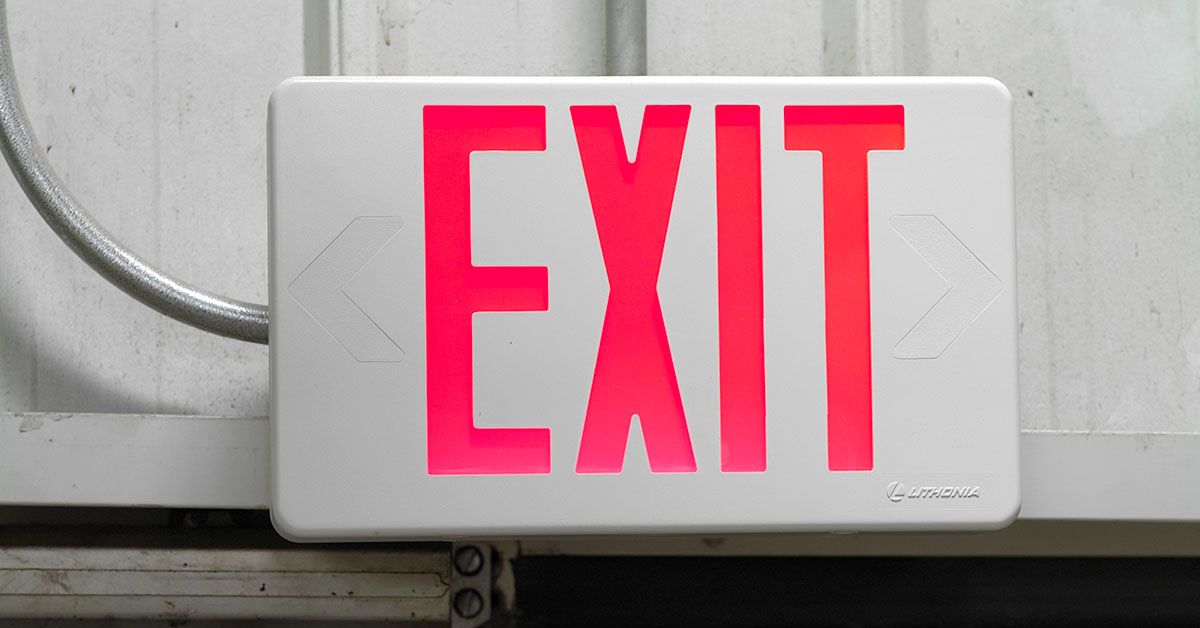Emergency evacuations: Exits and maps
Date Posted: 04/13/2020

Our subject matter experts regularly get questions on whether OSHA requires employers to post emergency exit route maps, and on the minimum distance between exits. Those questions are answered below.
Are maps of evacuation routes required?
OSHA doesn't actually require employers to post evacuation maps, but does strongly recommend them. The regulations don’t mention maps, but the non-mandatory Appendix to Subpart E says maps should be part of the employer’s planning:
The use of floor plans or workplace maps which clearly show the emergency escape routes should be included in the emergency action plan. Color coding will aid employees in determining their route assignments.
In addition, OSHA Publication 3088 on evacuations says that an emergency action plan must include:
Emergency escape procedures and route assignments, such as floor plans, workplace maps, and safe or refuge areas;
The Appendix suggests that exit route maps would help, and Publication 3088 lists “maps” as an option. OSHA doesn’t explicitly require maps, but they are a good way to show exit routes to employees and visitors. Employers can determine how many maps they want and where to post them. There is no requirement on where to display them.
Employers should check with a local fire marshal for any code requirements. The OSHA regulations cover only employees, not visitors; local codes may cover places of business that are open to the public.
What is the minimum distance between emergency exit doors?
Oddly enough, there is no specified distance between exits, so two exits might be fairly close to each other, particularly in a smaller facility. Generally, at least two exits are required, but the total number of exits required is based on the number of people (occupancy load).
Beyond that, only travel distance to the nearest exit is addressed. A typical maximum distance would be 150 to 200 feet per NFPA 101 (which OSHA has incorporated), depending on whether the facility has overhead sprinklers. However, the distance could be as short as 75 feet where flammable materials are stored, such as combustible liquids stored according to NFPA 30.
Again, employers may want to contact a local fire marshal if they have concerns that exit locations might be problematic.
How Safety Management Suite Can Help
Blocked exit routes are a serious violation because of the potential danger to employees during an emergency. The learning activites in the exits training in the J. J. Keller® SAFETY MANAGEMENT SUITE include What’s Wrong With This Picture photos featuring fire safety and exit routes, allowing you to show employees what problems they might encounter in your facility and explain what they should do about it.
E-mail Newsletter
Sign up to receive the weekly EHS Insider email newsletter for safety articles, news headlines, regulatory alerts, industry events, webcasts, and more.